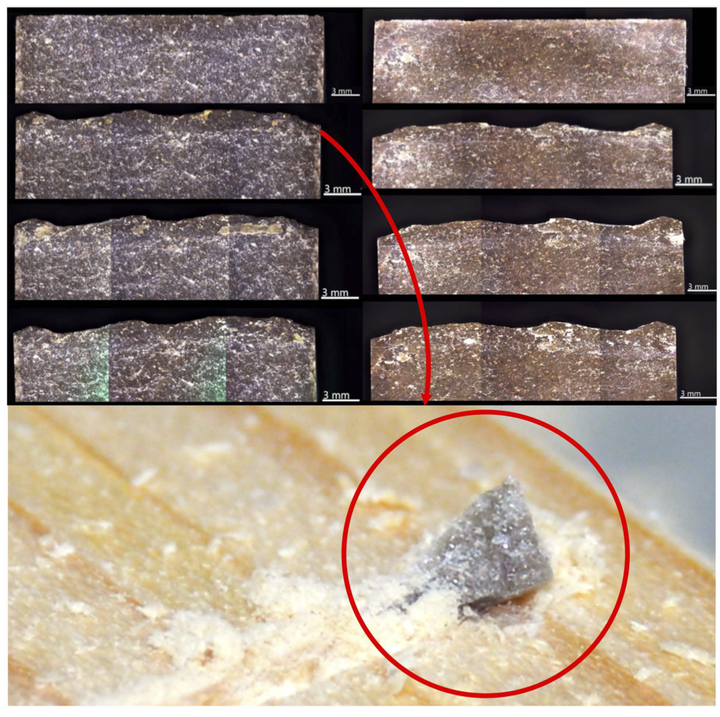The dichotomy of human decision-making, An experimental assessment of stone tool efficiency

Abstract
The physical properties of distinct raw materials, such as hardness, homogeneity, and grain size, have been recurrently suggested as some of the key reasons for human decision-making, namely the selection, production, and use of stone implements in the past. However, little is known, concerning the relationship between stone tools and human behaviour and how this is reflected in the variability seen in the archaeological record. Therefore, investigating stone tools’ properties and performance brings fundamental insights into identifying and understanding the origins of some of the major human technological behavioural traits. In this study, we aim to address this topic by measuring the variability of the properties of lithic raw materials from the perspective of tool use. A controlled experiment was designed to test the mechanical performance with a focus on the efficiency (ratio between effectiveness and durability) of four distinct raw materials (quartzite, dacite, flint, and obsidian). Our study addresses the null hypothesis, Edge efficiency does not vary according to the different lithic raw materials. Efficiency is assessedby the combination of penetration depth (proxy to measure effectiveness) and edge wear (proxy to measure durability). These two variables were measured, and the results correlated with the physical properties of various raw materials, including hardness and grain size. Our results show significant differences in the efficiency between the different types of raw materials. The outcome demonstrates that the variables by which we test the edge efficiency of lithic raw materials are highly relevant for raw material selection and, consequently, may have been of utmost importance in influencing the decision-aking process of past hunter-gatherers. A decrease in tool efficiency during use may have constrained daily activities, necessitating technological adaptations. This strongly suggests that each raw material used in archaeological contexts to produce blanks should be evaluated for its efficiency. In addition, it may be pertinent to extend this approach to other blunt artefactssuch as scrapers, burins, anvils, and hammerstones when investigating aspects of interconnected behaviours such as artefact variability, resource economy, group mobility, and site function. Such choices and decisions are coded in the archaeological record and represent cultural factors that were transmitted through learning and likely triggered the human decision-making process of past hunter-gatherers.